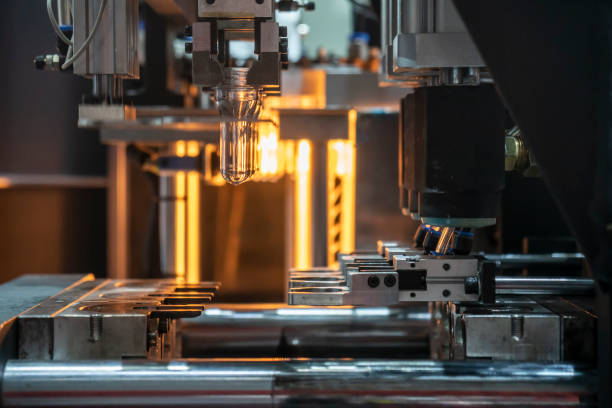Injection molding is by far the most versatile of all injection molding techniques. The presses used in this process vary in size and are rated based on pressure or tonnage. Smaller machines can produce very precise plastic parts for surgical applications. In addition, there are many types of plastic resins and additives that can be used in the injection molding process, increasing its flexibility for designers and engineers.
The process itself is fairly straightforward; however, there are many enhancements and customization techniques that can be used to produce the desired finish and structure. Injection molds, which are usually made from steel, contain cavities that will form the parts. Melted plastic is injected into the mold, filling the cavities. The mold is cooled, and the parts are ejected by pins. This process is similar to a jello mold which is filled then cooled to create the final product.


